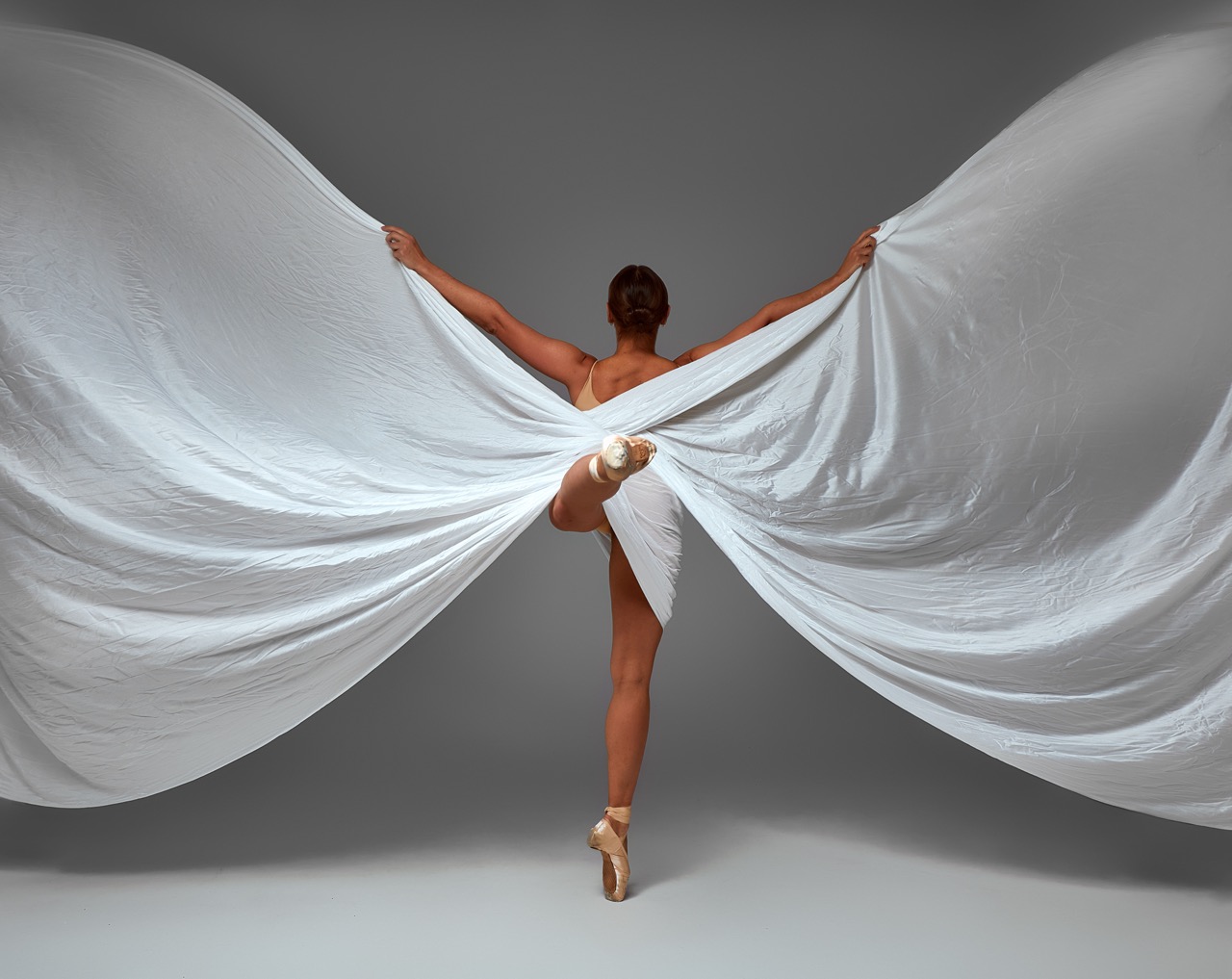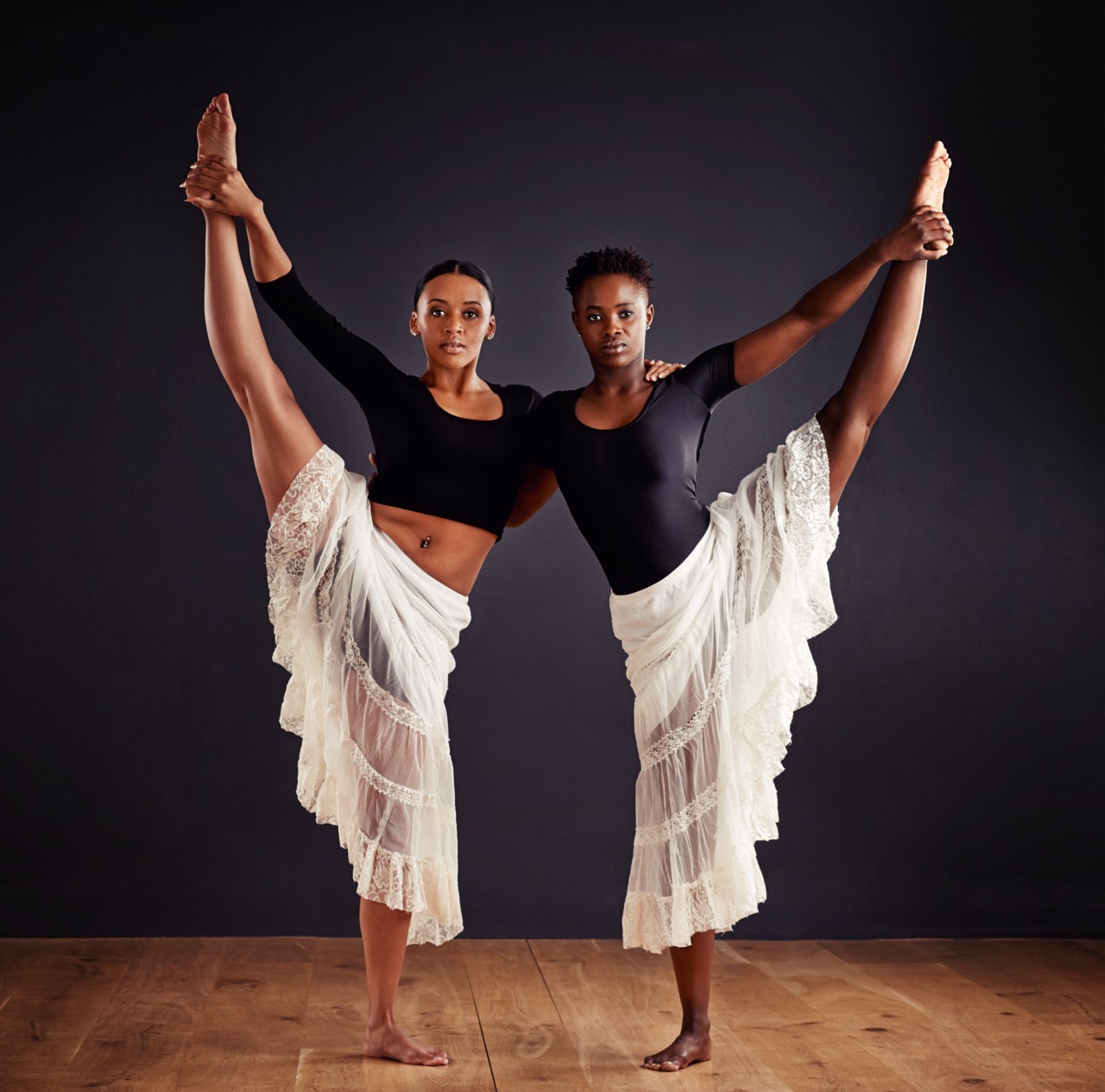The mesmerizing art of belly dance is a rich tapestry woven from diverse cultural threads, each contributing to its vibrant history and performance styles. One of the most visually stunning elements within this dance form is the use of wings, which add a sense of ethereal grace and dramatic flair. This article delves into the historical roots of wings in dance traditions, their symbolic significance, the craftsmanship involved in creating these stunning accessories, and the modern evolution of their use in belly dance performance.
The Historical Roots of Wings in Dance Traditions
The origins of using wings in dance can be traced back to ancient civilizations across the Middle East and North Africa. These early performances often incorporated elaborate costumes that reflected the natural world, including motifs of birds and flight. The concept of wings in dance is not merely an aesthetic choice; it is deeply rooted in cultural storytelling. Dancers would emulate the movements of birds, invoking a sense of freedom and connection to the divine, which resonated with the spiritual beliefs of the time.
As belly dance evolved through the centuries, the use of wings became more pronounced, particularly with the emergence of various regional styles. In countries such as Egypt and Turkey, dancers began to incorporate fabric wings, often made from silk or chiffon, which would flow and ripple with their movements, enhancing the visual spectacle. This practice was influenced by earlier theatrical traditions that featured elaborate costumes, further solidifying the connection between wings and performance art.
By the late 19th and early 20th centuries, wings had become a hallmark of the Orientalist movement in Western art and theater, where Western performers adopted and adapted Eastern dance forms. This cross-cultural exchange introduced wings to a broader audience and set the stage for their enduring presence in modern belly dance performances around the globe. Understanding these historical roots allows us to appreciate the depth and richness that wings bring to the artistry of dance.
Symbolism and Significance: Wings in Cultural Context
Wings are imbued with profound symbolism across various cultures, often representing freedom, transcendence, and the connection between the earthly and the celestial. In many traditions, the act of dancing with wings symbolizes a spiritual journey or transformation, as dancers embody the spirit of flight. This duality of the physical and the ethereal is particularly resonant in belly dance, where movements often reflect both sensuality and spirituality.
In the context of belly dance, wings can also carry specific cultural meanings. In Middle Eastern folklore, birds are often seen as messengers between the human realm and the divine. When dancers adopt wing-like movements or incorporate wings into their costumes, they evoke this symbolism, suggesting a deeper connection to the cultural narratives that inform their art. Moreover, the visual impact of wings in performance can serve as a metaphor for liberation and empowerment, allowing dancers to express their individuality and artistry.
As globalization continues to shape cultural expressions, the significance of wings in belly dance has expanded. Dancers from diverse backgrounds interpret the symbolism of wings through their unique lenses, blending traditional meanings with contemporary ideas of freedom and self-expression. This dynamic interplay enriches the cultural context of wings, making them a powerful element in the ever-evolving narrative of belly dance.
Crafting the Art: Materials and Techniques for Wings
Creating wings for belly dance is a meticulous craft that combines artistry with practicality. Traditionally, wings have been made from a variety of materials, with silk and chiffon being popular choices due to their lightweight and flowing properties. These fabrics allow for graceful movement and can easily catch the light, enhancing the visual impact during performances. The choice of materials often reflects the dancer’s personal style and the thematic elements of their performance.
The construction of wings involves intricate techniques, with many dancers opting for hand-sewn designs that allow for customization and uniqueness. Some artisans incorporate elements such as beads, sequins, and feathers to create a multi-dimensional effect, adding texture and sparkle to the wings. Additionally, the structural framework of wings can vary, ranging from simple designs to more complex constructions that allow for greater versatility in movement. This attention to detail not only results in visually stunning wings but also ensures that they are functional and comfortable for the dancer.
As the art of wing crafting continues to evolve, many dancers are exploring new technologies and materials. Innovations such as lightweight synthetic fabrics and LED lighting have opened up exciting possibilities for wing design, allowing for enhanced visibility and creativity in performances. This blending of traditional craftsmanship with modern techniques reflects the dynamic nature of belly dance itself, as it adapts and transforms while honoring its historical roots.
The Modern Evolution of Wings in Belly Dance Performance
In recent years, the use of wings in belly dance performance has undergone significant transformation, reflecting broader trends in the dance community. While traditional styles continue to thrive, contemporary dancers are experimenting with diverse interpretations of winged choreography. This evolution is characterized by the incorporation of new movement styles, such as fusion with other dance forms, which expands the expressive potential of winged performances.
The rise of digital media has also played a crucial role in reshaping how wings are utilized in belly dance. With the proliferation of social media platforms, dancers are able to showcase their work to a global audience, leading to greater experimentation and inspiration. Tutorials and performances shared online have sparked a newfound interest in wing choreography, encouraging dancers to push the boundaries of their artistic expression and to explore innovative ways of integrating wings into their routines.
Moreover, the modern belly dance community has embraced inclusivity and diversity, resulting in a rich tapestry of styles and interpretations that reflect the voices of dancers from various backgrounds. This inclusivity has allowed wings to become a symbol of unity within the dance community, where dancers appreciate and celebrate the myriad ways in which wings can enhance their performances. As the art of belly dance continues to evolve, wings remain a captivating element, embodying both tradition and innovation in this ever-changing landscape.
The exploration of wings within belly dance reveals a complex interplay of history, symbolism, craftsmanship, and modern evolution. From their ancient roots to their contemporary interpretations, wings embody a rich cultural narrative that transcends time and geography. As dancers continue to embrace this beautiful accessory, they not only honor the traditions that came before them but also contribute to the ongoing dialogue of creativity and expression in the world of belly dance. Through their artistry, they remind us of the transformative power of dance and the enduring allure of wings, which continue to inspire awe and admiration on stages around the world.









